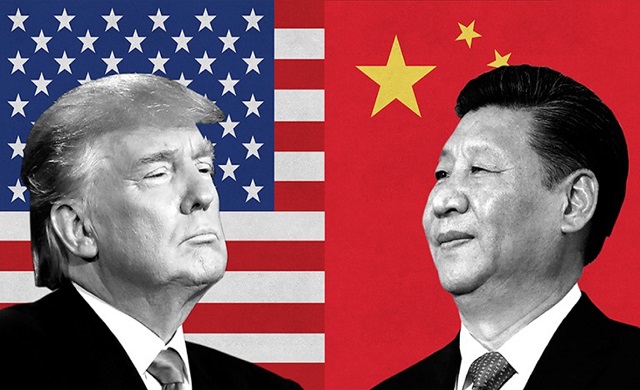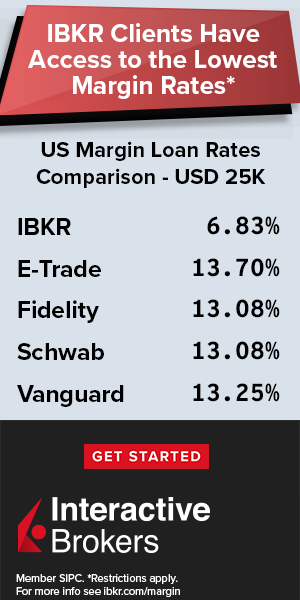After all the tensions between the world’s two largest economies, Donald Trump and Xi Jinping, Donald Trump has accepted to commit to the ‘’One China” policy. In ‘’One China’’ policy, there is only one state called China, even though the existence of two governments which claim sovereignty. In addition, any country looking to establish diplomatic relations with Taiwan (Republic of China) should break them with the People’s Republic of China and vice versa.

So let’s look at what happened to:
Major Currencies:
• The US dollar hit its best level in 10 days against JPY.
• The US dollar index increased to 100.78, 0.12%.
• USDJPY increased to 113.6; 0.36%.
• AUDUSD increased to 0.7644; 0.26%
• USDCNY increased to 0.00110; 0.17%
Commodities:
• The gold prices were slightly higher in North America; grieving trade on Thursday, due to the uncertainty over political and economic risk in EU as well as in the US.
• Gold is sensitive to moves in US rates, which lift the opportunity cost of holding non-yielding assets such as bullion.
• Oil increased more than 1% on Friday. The crude oil inventories in the US has increased by 13.8 million barrels.
• The oil features also gained 1.06% to $53.56.
• The Brent oil elevated by 1.20% to $56.30.
The importance of Economic Calendar for Traders
Prices move rapidly in the FX market, because the market never closes and also because the value of currencies could be more delicate to macroeconomic and global trends. The FX market may offer consequential volatility for retail and institutional traders. Nowhere as volatility more apparent than major data announcements get delivered. The non-farm payrolls/NFP as well as the interest rate decisions are traditionally a big mover in the FX market. When non-farm payrolls get announced, prices can move very fast. Volatility can increase massively; stocks can get hit before we even know what’s happening. This is why, the economic calendar is extremely important for the traders to follow conscientiously.
It is released each week, sometimes each day along with the scheduled time of the releases. Each event which will be released are graded, from minor events to major events.
What to look for in an economic calendar?
– 1 Bull: Low Volatility Expected
– 2 Bulls: Moderate Volatility Expected
– 3 Bulls: High Volatility Expected
The impact of market events on traders:
For all the events, there is always an ‘’expectancy’’ of the decision. It could be for instance; FED’s interest rate decision and if the interest rates are expected to be increased but it turns out that their decision is the opposite; the impact of the decision will be stronger on the currencies than the expected release.
Thus, the traders should unquestionably follow the economic calendar each and every morning before they start trading so they know where the volatility may impact their trades, as well as their plan.


 Hot Features
Hot Features











